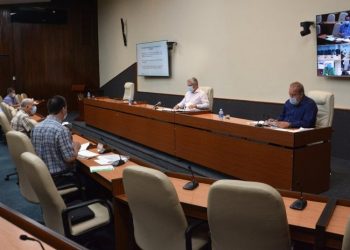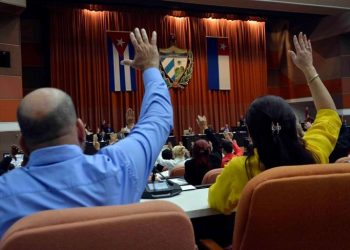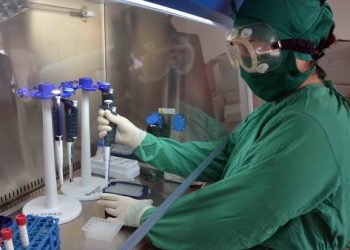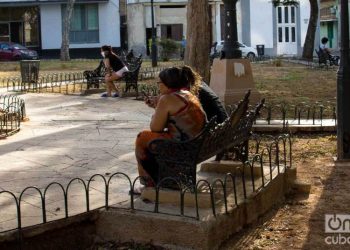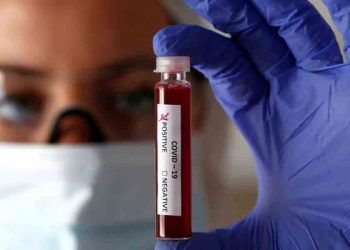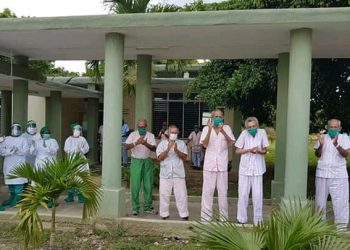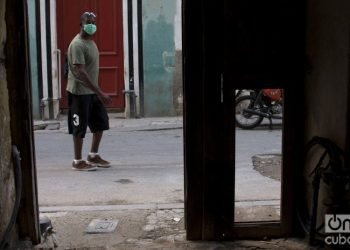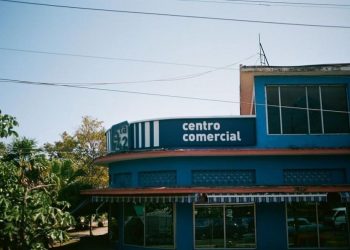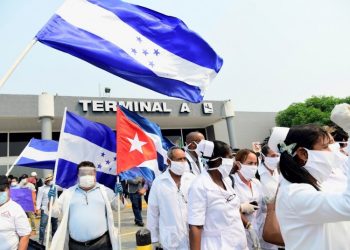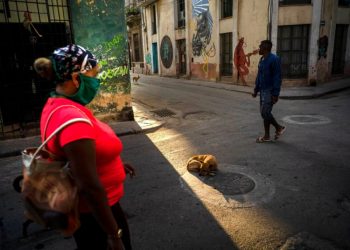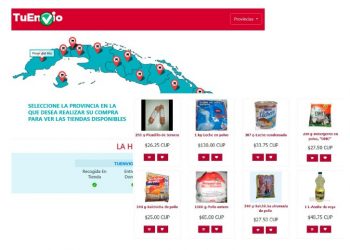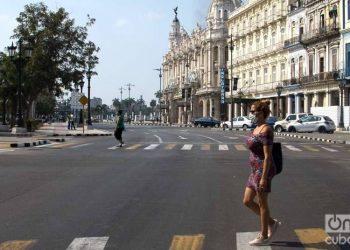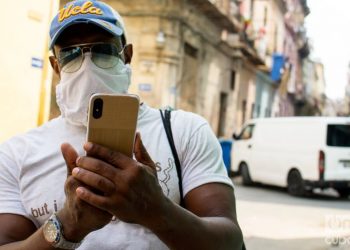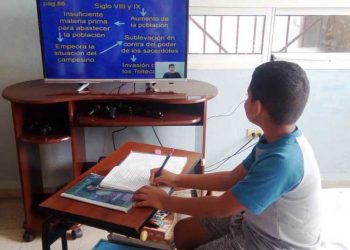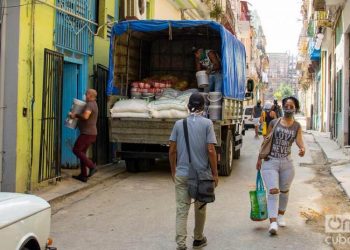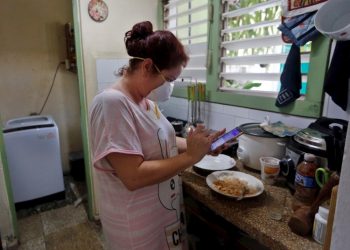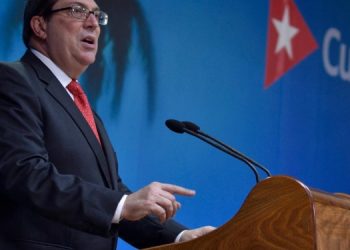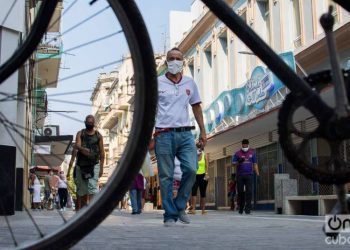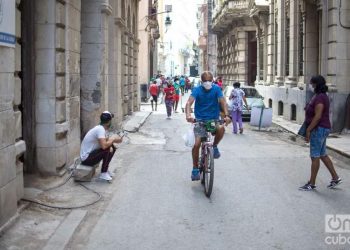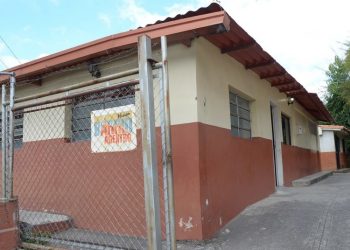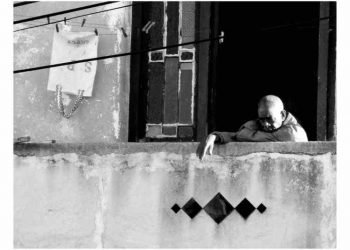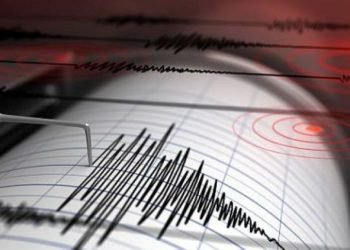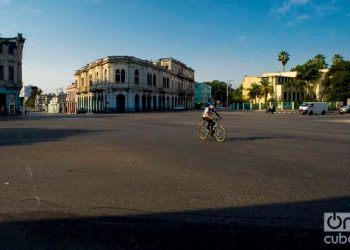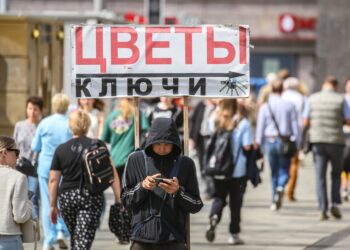Cuba: authorities to act “with severity” against those who fail to comply with measures against COVID-19
The Cuban authorities will act “with severity” against “those who continue to defy the measures the country has taken against COVID-19,” according to reports from the island’s press. President Miguel Díaz-Canel urged the police force to act more rigorously towards people “who continue in public places without reason, walking or sitting in parks,” despite warnings from the government and the Ministry of Public Health (MINSAP) on the importance of practicing social isolation to contain the transmission of the disease, which already accumulates 1,189 positive cases and 40 deaths in Cuba. This was stated by Díaz-Canel this Tuesday by videoconference to Colonel Eddy Sierra, second chief of the General Directorate of the Cuban Police Force, whom he told that if the necessary actions are not taken, “we will continue to have people on the streets and so it is very difficult contain the spread.” “Whoever is not in a line for a procedure or a purchase, must be sent home and, if they resist, other decisions must be made,” said the president, according to statements quoted by Cubadebate. “A social isolation measure, which includes that only one person per family can go to the place where some service is being provided...


